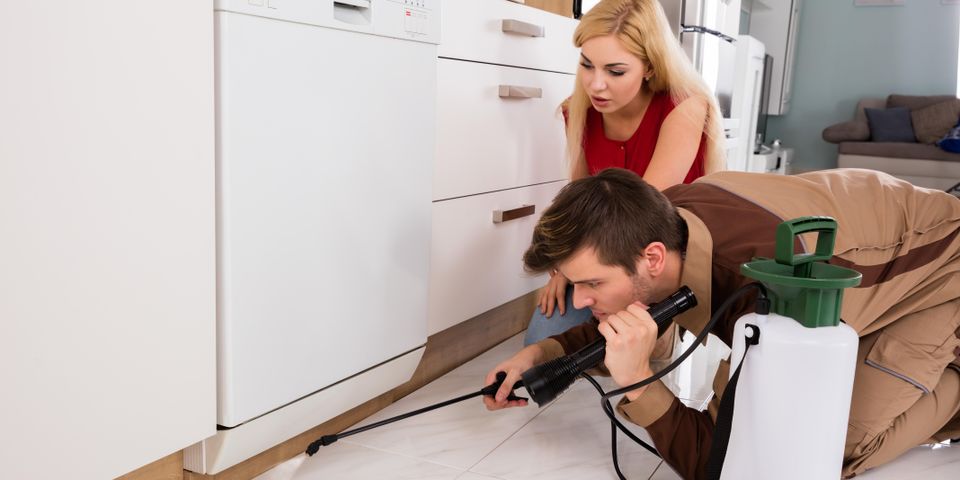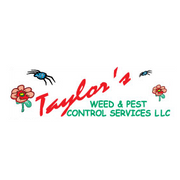Do You Have a Mouse or a Rat in Your Home?

Encountering mice or rats in your home is alarming. While they can be difficult to distinguish, one trait they do share is that they’re both unwanted pests. However, understanding the differences between them can help you provide your pest control professional with valuable information. Here’s what you need to know.
How Do They Differ?
One of the easiest ways to distinguish between a rat and a mouse is to inspect its tail. Mice tails have fur, while rat tails are smooth. Mice also tend to be shorter in length but wider in size. Finally, rats’ ears are shorter while their heads are large. Mice have more pronounced, floppy ears.
According to studies, mice are capable of becoming pregnant by the age of six weeks, with a gestation period of only three weeks. Immediately after giving birth, they can become pregnant once again. Those numbers add up quickly, yielding a large family of unwelcome pests in your house. Meanwhile, rats can become pregnant by three months old and give birth within three weeks of that time, producing upwards of 2,000 offspring per year.
What Attracts Them?
 Rodents enter homes because they’re in search of food, shelter, or a place to nest. They’re attracted to any type of open food source—from crumbs on the kitchen floor to plants surrounding the house. Mice, in general, prefer grains, fruits, and seeds, while rats feast on seafood and meat if it’s anywhere in the vicinity. Since it’s so easy for them to smell garbage, keep trash receptacles sealed as much as possible.
Rodents enter homes because they’re in search of food, shelter, or a place to nest. They’re attracted to any type of open food source—from crumbs on the kitchen floor to plants surrounding the house. Mice, in general, prefer grains, fruits, and seeds, while rats feast on seafood and meat if it’s anywhere in the vicinity. Since it’s so easy for them to smell garbage, keep trash receptacles sealed as much as possible.
How Do They Behave Once Inside?
Both types of pests can chew through all kinds of materials, including paper, wood, and fabrics. This leaves the home susceptible to structural damage. They can even gnaw at furniture and build nests inside. Tenacious mice and rats who make their way into the attic could eat through insulation and leave wires exposed, which may pose a significant threat to your home’s safety.
Why Are They Considered Harmful?
Rodents spread more than 35 diseases globally, according to the Centers for Disease Control and Prevention (CDC). One is Hantavirus, which can spread if you come into physical contact with or inhale dust contaminated by pest droppings. Another is leptospirosis, which can cause infections if the person consumes food or drinks already polluted by the pests’ droppings.
Are you concerned about a possible rodent control issue at home? Turn to the experts at Taylor’s Weed & Pest Control in Hobbs, NM. Offering over 40 years of industry experience, they’re trained to tackle even the most stubborn rat and mice issues. Visit them online to browse their services, or call (575) 492-9247 to schedule service.
About the Business
Have a question? Ask the experts!
Send your question

